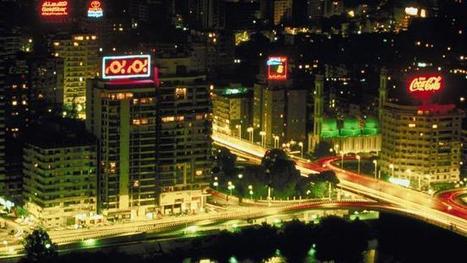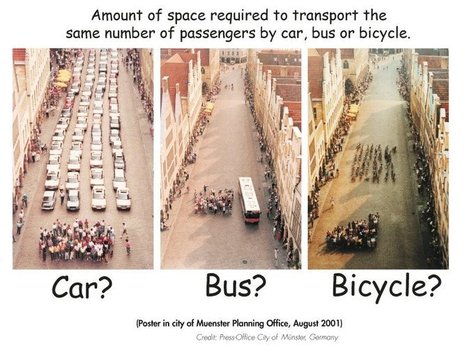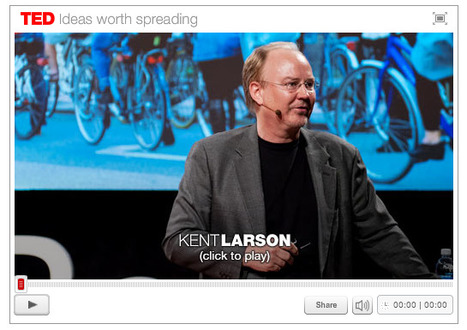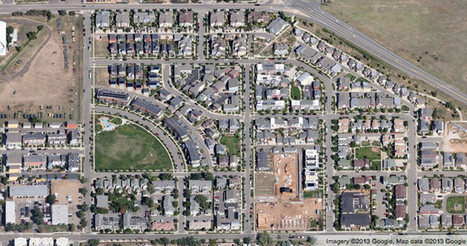The growth of these cities will create a host of environmental and health problems.
By 2210, the global population is expected to grow from just more than 7 billion to 11.3 billion — with 87 percent of the population living in urban areas, according to a new working paper by researchers from NYU’s Marron Institute.
Most of these individuals will be in what’s now the developing world — creating a host of environmental and health problems.
If projections are correct, these new urban dwellers will require the world’s existing cities to expand six-fold to accommodate triple the residents, Richard Florida wrote in The Atlantic. Plus, the world will need 500 new “megacities” of 10 million or more, he wrote.
Via Lola Ripollés



 Your new post is loading...
Your new post is loading...





















Or will there be a natural come back to the country side?
Cairo, Egypt has a population density of 9,400 residents per square kilometer. THese numbers are crazy think about it compared to MA or RI and our major cities.
APHG-U2 & U6